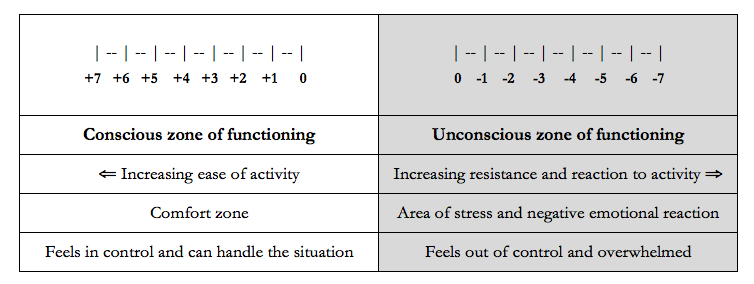By George A. Boyd ©2023
Q: Are there discrete markers for mastery of meditation?
A: We can describe the initial transition states that mark the entrance into a new stage of meditation:
- You are caught in the bubble of the Conscious mind and you have no awareness of anything outside of it.
- You have your first awakening experience. You passively move your attention out of the Conscious mind, but this experience is not under your control. This occurs, for example, when you ingest a psychedelic drug, or you have a spontaneous astral projection experience.
- You have an awakening experience that is under your control. You consciously collect your attention to achieve the state of mindfulness—you are fully present, aware, and inwardly alert. You become aware of your present time experience in the waking state of consciousness.
- You first experience moving your attention along the thread of consciousness. You become aware of your experience at the focal points of the Conscious and Subconscious mind.
- You have your first contact with your attentional principle. You awaken as your intentional consciousness.
- You have your first contact with the Self at the core of the Metaconscious mind. You experience the activity of volition.
- You have your first contact with your spirit. You activate your spirit’s love and devotion, and the conative principle that operates in the spirit, the wish.
- You have your first conscious union with the Soul. You experience the operation of the transpersonal will.
- You have your first experience of working on your personality with your attentional principle using a meditation technique.
- You have your first experience of generating transformation at the level of the Soul and its associated vehicles of consciousness.
- You have your first experience of making Light attunements with your attentional principle.
- You have your first experience of being able to translate the Soul and lead the spirit into the channels of the Nada.
We can describe the steps of inner awakening:
Before people awaken, they are in stage (1). They are not aware of anything outside of the waking state of consciousness.
The Neophyte stage begins when people have an opening experience at stage (2). Those who do not retreat in terror when they have this experience move into the Aspirant or Seeker stage.
Many people have been introduced to stage (3), mindfulness, through popular magazines or yoga classes. They learn how to relax and collect their attention, and they become aware of their experience in the present time.
Stage (4) begins when you gain the ability to move your attention along the thread of consciousness and can contemplate the focal points of the Conscious mind—and later, the Subconscious mind. We teach this method in our Introduction to Meditation class.
Stages (5), (6), and (7), bring about awakening of the three immortal essences—attentional principle, spirit, and the Soul; (8) the Self, the integration center of the entire personality, and (9) confer the ability to do work on the personality and (10) in the Superconscious mind. We teach these techniques in our intermediate meditation classes, the in-person Mudrashram® Master Course in Meditation and the by-mail and online Accelerated Meditation Program.
We teach the technique to make attunements (11) in our Light Sittings, and in the Attunement Meditation workshop. Those who take Teacher Training One at the Form of the Disciple level of the Bridge Path learn to make many different attunements, both with the personality and also with the essences that dwell in the Superconscious mind.
Those that are empowered at the Mahatma stage of the Bridge Path gain the ability (12) to send the Light to translate the Soul and manifest the guide form to the attentional principle and the spirit. These abilities are gained when the advanced disciple takes Teacher Training Two.
We encourage you to become familiar with each of these transition points, and learn to master the proficiencies of each stage. Learning targeted meditations for stages (4) to (12) facilitates moving to the deeper states of contemplation beyond mindfulness—you are trained in these methods in our Introductory, Intermediate, and Advanced meditation classes.







